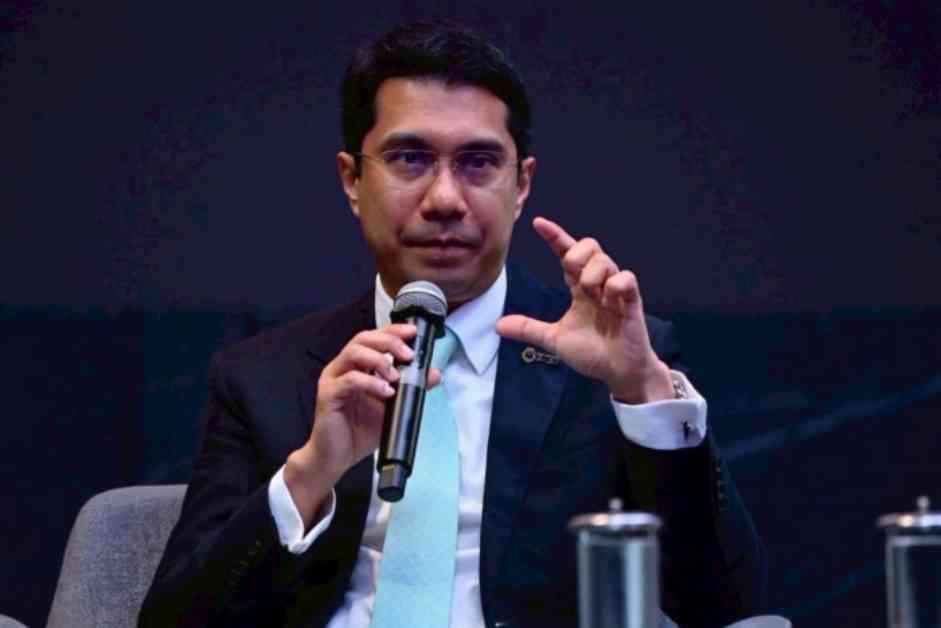Small and mid-cap firms are finding it tough to get their hands on funds through the usual channels, which is pushing them to consider strategic collaborations and mergers and acquisitions (M&As) in order to survive the rough economic waters. The MAI Listed Company Association (maiA) highlighted that many small and medium-sized enterprises (SMEs) might have to turn to M&A or business partnerships to navigate through the crisis.
The president of maiA, Wirat Sukchai, pointed out that a growing number of listed SMEs are grappling with liquidity issues this year due to stricter lending practices by financial institutions and cautious investor sentiment. This has made it increasingly challenging for these firms to raise capital through the equity or bond markets. “Getting funding is really tough this year, and many SMEs are running out of conventional options. Banks are being extra careful with lending, and both stock and bond markets are proving to be quite the challenge for smaller companies due to perceived business risks,” he explained.
To deal with these hurdles, Wirat suggested that networking among SMEs could be the most feasible solution. Companies facing different challenges can team up through joint ventures or mergers to capitalize on their individual strengths. The association’s flagship event, MAI Forum 2025, is set to provide a platform for such collaborations. Scheduled for June 21 at CentralWorld’s Centara Grand Hotel under the theme “Armed for Opportunity,” the event will bring together 119 Market for Alternative Investment (MAI)-listed firms and partners to facilitate partnership discussions and capital connections.
“We’ll pinpoint each company’s pain points and push for joint ventures during the forum. It’s not just an investment event; it’s more of a survival toolkit,” Wirat emphasized. The seminar topics will range from investment portfolio restructuring and the impacts of US tariffs to debt clinic sessions tailored to small business needs. Companies with high potential but lacking capital could attract investors during the event, he added.
The association is hopeful that 20-25 firms, or about 10-15% of MAI-listed companies, will participate in Jump+, a program initiated by the Stock Exchange of Thailand to bolster business expansion through strategic investment. Prapan Charoenprawatt, president of the MAI, shared that the market capitalization stands at 230 billion baht, with 224 listed companies spanning eight sectors. He mentioned that there are approximately 100 companies in the initial public offering pipeline looking to list on the MAI.
“We anticipate the number of listed companies to hit 300 by next year, signifying substantial growth in Thailand’s SME sector,” Prapan stated confidently. Chakchai Boonyawat, a fund manager at Capital Market Development Fund (CMDF), noted the fund’s continued sponsorship of the forum over the years and observed increased interest from younger investors.
“SMEs contribute 70-80% of the Thai economy. These firms have different shareholder structures and strategic development paths compared to large corporates,” Chakchai remarked. He explained that CMDF’s role is to serve as a financial intermediary for investors to connect with company executives and make well-informed decisions. Chakchai stressed the importance of follow-up meetings and continuity from these engagements in boosting long-term investor interest.
The MAI Forum 2025 is positioned as a crucial support system for SMEs seeking guidance, funding, and collaborations during these challenging economic times, according to Chakchai.




















